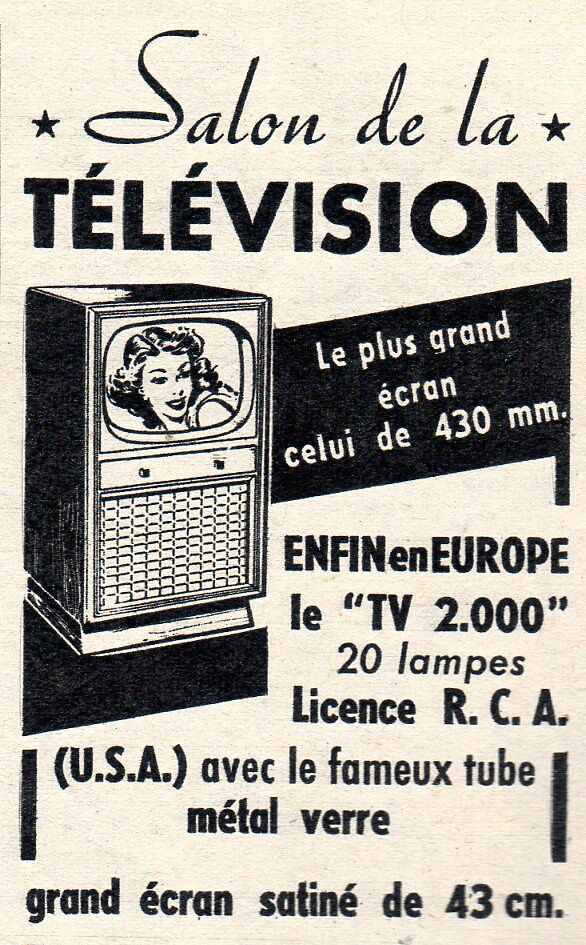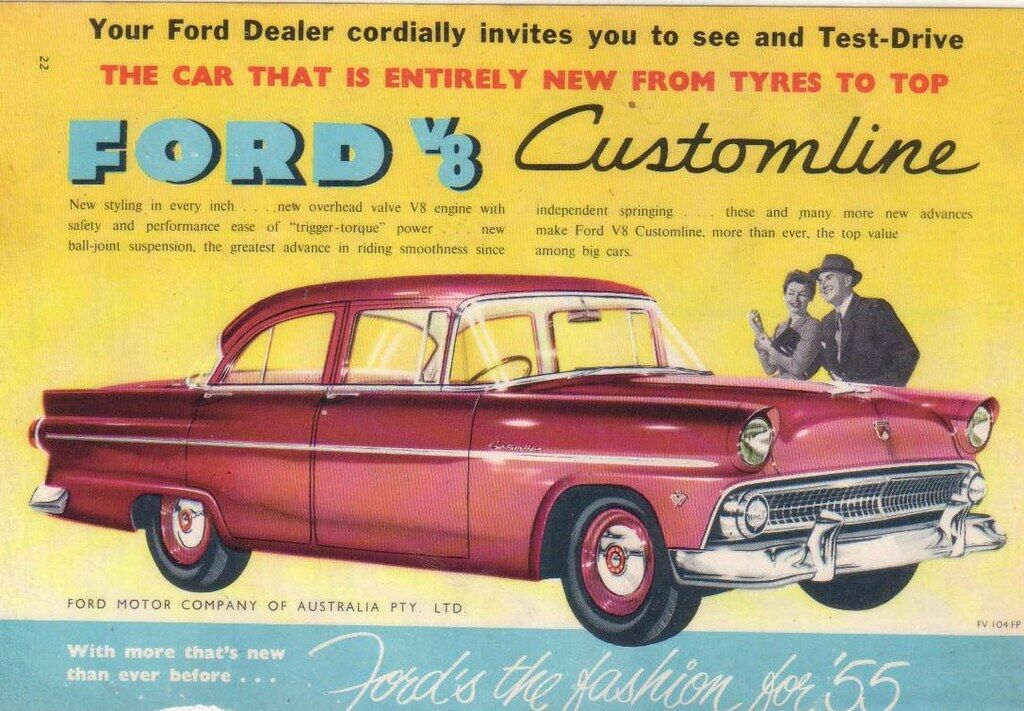The end of World War II in 1945 significantly changed the economy, politics, society and culture both in Canada and around the world. A decolonization movement led to many countries gaining independence from their mother countries.
The world was divided over the Cold War. The Eastern Bloc was supported by the communist USSR while the Western Bloc was supported by the capitalist United States. Canada supported the Western Bloc, and had to fight to protect its Arctic territory against a potential Soviet threat.
In Canada, the period following World War II was economically prosperous and many technological advances took place. This meant that many Canadians could afford to buy goods such as televisions and cars. Access to television made Quebecers and Canadians more interested in American culture. American movies, music, television shows and advertising had an increasing influence on Canadian society.
Cars were radically changing the way Canadian and North American cities looked and traveling became easier and more reliable for increasing numbers of people. As a result, the Canadian government financed the construction of many roads and highways that connected cities and helped expand suburbs outside the cities.
The baby boom was another factor that contributed to urban sprawl in the post-war period. During this time, the population grew naturally due to a high birth rate and a low child mortality rate.
In the 1950s, the number of residential schools increased in Quebec and Canada. These educational institutions were built to educate and assimilate Indigenous youth. This was a dark time in history for many Indigenous communities in Canada.


To find out more about Post-War Canada, see the following concept sheets: